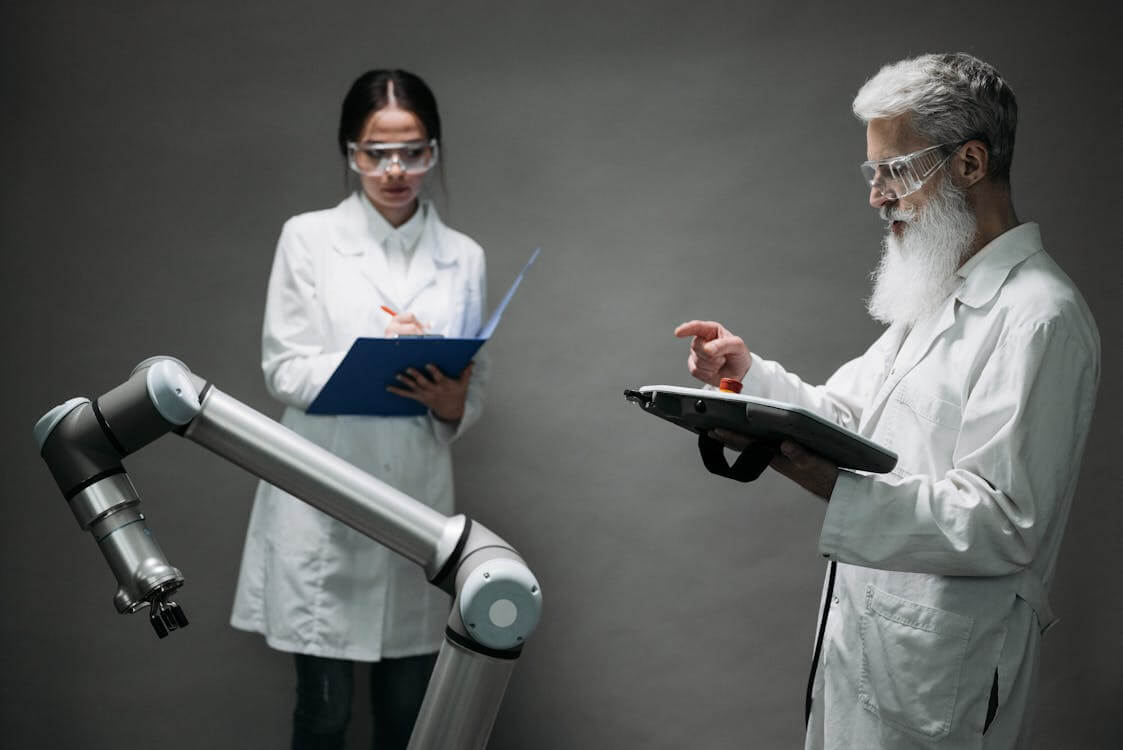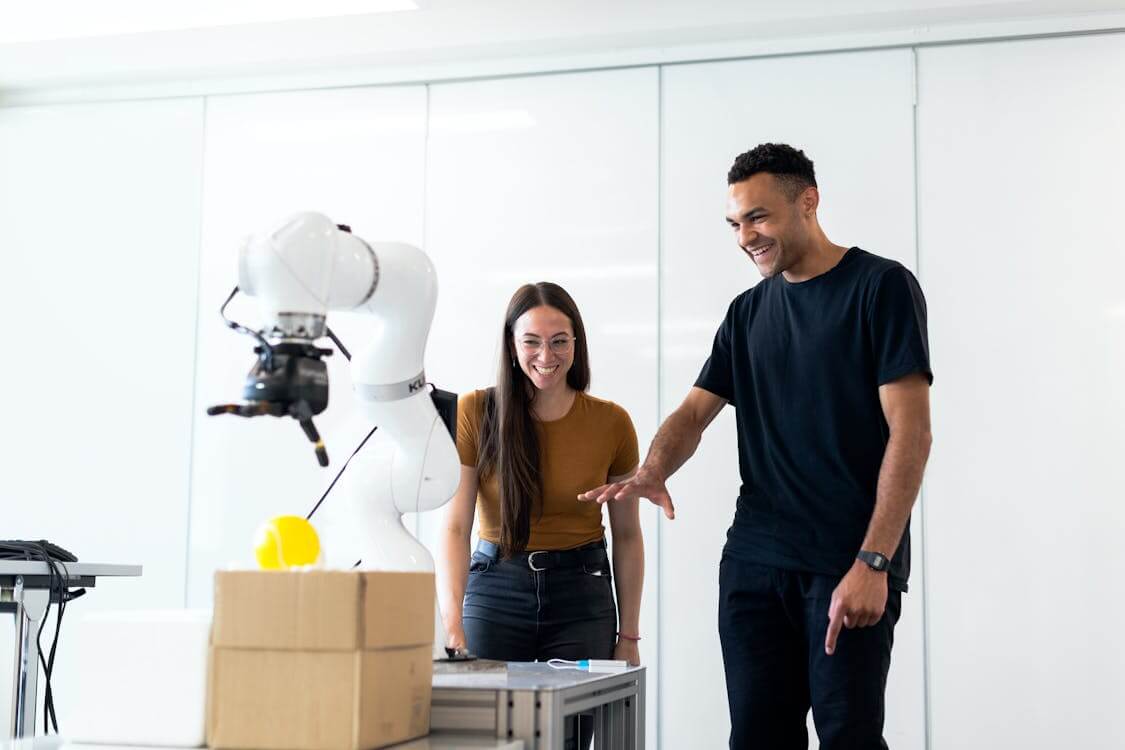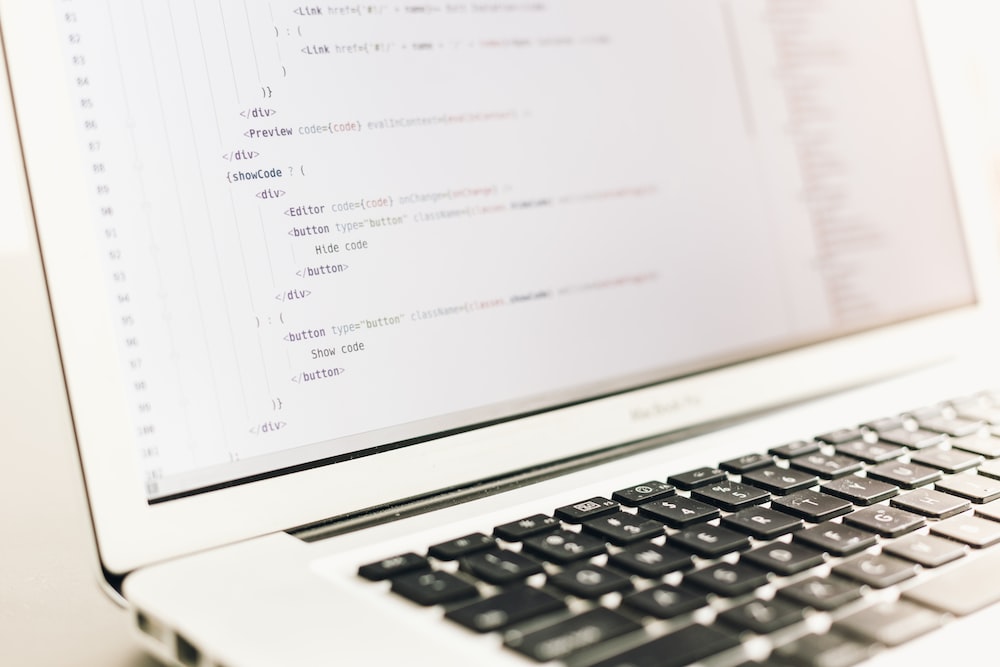To illustrate the impact of web development on robotics, let’s explore a few real-world case studies:
-
- Boston Dynamics
Boston Dynamics, known for its advanced robotics solutions, utilizes web technologies to enhance the user experience with its robots. Their Spot robot, for example, comes with a web-based interface that allows users to control the robot, set up missions, and monitor its status remotely. This web interface makes it easy for users to interact with the robot without needing specialized training.
-
- iRobot
iRobot, the company behind the Roomba vacuum cleaner, has integrated web development into its products through cloud-based features. The iRobot Home app allows users to control their Roomba robots, schedule cleaning sessions, and monitor performance from their smartphones. The app provides a seamless web-based interface that enhances user convenience and interaction.
-
- RoboMaker by AWS
AWS RoboMaker is a cloud-based robotics service that provides tools for developing, testing, and deploying robotic applications. By leveraging AWS’s cloud infrastructure, RoboMaker offers scalable simulation environments and data analytics tools. Developers can use web-based dashboards to manage their robotic systems and access cloud-based resources for machine learning and data processing.
The Future of Web Development and Robotics
As technology continues to advance, the synergy between web development and robotics is expected to grow stronger. Several emerging trends and developments will likely shape the future of this intersection:
-
- Increased Use of AI and Machine Learning
The integration of AI and machine learning with web technologies will enable robots to become more intelligent and adaptive. Web-based platforms will facilitate the deployment of advanced AI models, allowing robots to learn from data and improve their performance over time.
-
- Enhanced User Interfaces
Future web interfaces for robotics will likely become even more sophisticated, incorporating features such as augmented reality (AR) and virtual reality (VR). These technologies will provide more immersive and intuitive ways for users to interact with robots and visualize their capabilities.
-
- Greater Connectivity and Interoperability
The Internet of Things (IoT) will continue to drive greater connectivity and interoperability among robots and other devices. Web development will play a key role in enabling seamless communication and integration between robots, sensors, and other smart devices.
-
- Improved Security
As robots become more connected and integrated with web-based systems, security will be a critical concern. Web development practices will need to address security challenges, including data protection and secure communication protocols, to ensure that robots and their systems are resilient to cyber threats.
Conclusion
The fusion of web development and robotics is transforming the industry in profound ways. From remote control and monitoring to data visualization and cloud integration, web technologies are enhancing the capabilities and applications of robots. As we look to the future, the continued collaboration between web developers and roboticists promises to drive further innovation and create new opportunities for growth.
For developers, this represents an exciting frontier where their skills can contribute to shaping the next generation of robots. For businesses and researchers, it offers new tools and capabilities to push the boundaries of what robots can achieve. The journey of robotics and web development is just beginning, and the possibilities are as limitless as our imagination.
As we continue to explore and innovate, one thing is certain: the integration of web development and robotics will be a driving force behind the future of technology, creating a world where robots and humans work together in harmony to achieve extraordinary things.





